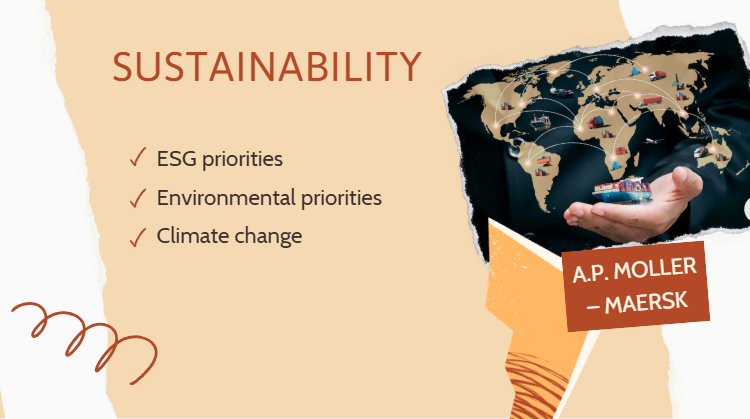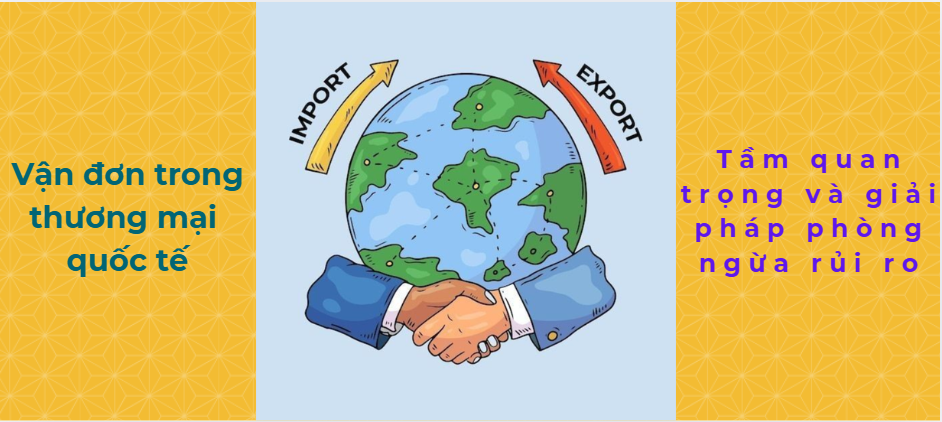Transportation vs. Logistics: What’s the Difference?
Transportation and logistics are two key parts of the supply chain, but they serve different purposes. Understanding the difference between them can help you see how goods move from factories to customers. Let’s break it down in a simple and clear way:
| Transportation | Logistics | |
| What Do They Mean? | This is all about moving goods from one place to another. For example, loading products onto trucks, ships, or planes to deliver them to their destination. | This is the bigger picture. It includes transportation but also takes care of things like storing products in warehouses, managing inventory, and coordinating with suppliers to make sure everything works smoothly. |
| What’s Their Role? | Just one step in the process, focusing on the physical movement of goods. | Covers everything from planning, storing, and managing resources to ensure the goods reach the customer in the right amount, at the right time, and in the best condition. |
| What Do They Aim For? | Deliver goods on time. | Optimize the whole supply chain, which means making everything as efficient as possible —from managing inventory to coordinating deliveries. |
| What Do They Do? | Planning the best delivery routes. Handling goods during loading and unloading. Managing vehicles like trucks, ships, and planes. | Storing products in warehouses. Keeping track of inventory (how much stock is available). Working with suppliers to get raw materials or finished products. |
| What Tools Do They Use? | Trucks, ships, planes, and trains to move goods. | Software like ERP systems (for planning), warehouse management tools, and demand forecasting systems to predict how much stock is needed. |
| How Are Decisions Made? | Focuses on short-term decisions, like deciding the quickest route to deliver goods today. | Looks at both short-term and long-term decisions, like planning how to manage inventory over the next year to meet customer demand. |
| How Do They Work Together? | Cannot work effectively without logistics, which handles all the background work to ensure deliveries run smoothly. | Depends on transportation to move goods physically from one place to another. |
| Examples | Imagine a truck delivering cement bags from a factory to a retail store. That’s transportation. | Now think about everything that happens before that delivery—managing suppliers, storing the cement in warehouses, deciding how many bags to send, and tracking the delivery. That’s logistics. |
Think of transportation as the wheels of the car, helping it move forward, while logistics is like the driver who plans the entire journey, decides the route, and ensures everything happens as planned. Both are essential, but logistics is the bigger process that keeps everything running smoothly!




